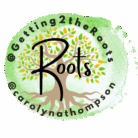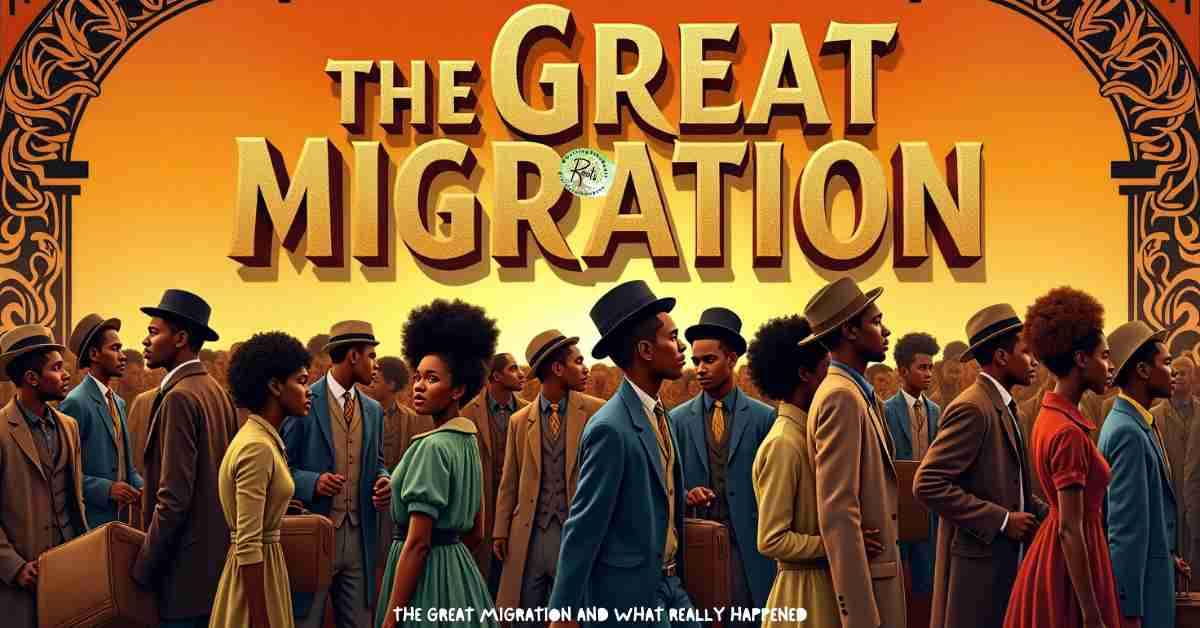This article shares the true story of The Great Migration. You will learn why more than six million African Americans left the South between 1910 and 1970.
We will explore what pushed them to go, how they made the journey, and where they settled. You will also see the struggles they faced in the North and how those changes still shape Black communities today
What Was the Great Migration
The Great Migration changed the way African Americans lived, worked, and built community. It began in the early 1900s and continued through 1970.
More than six million Black men, women, and children left the South during this time. Northern, midwestern, and western cities became their destination.
They wanted to escape harsh conditions and find better opportunities. This massive movement happened in waves. The first wave started around 1910 and lasted until the Great Depression.
A second wave picked up during World War II and continued through the late 1960s. People left cotton fields and plantations behind. Cities promised hope, freedom, and a fresh start.
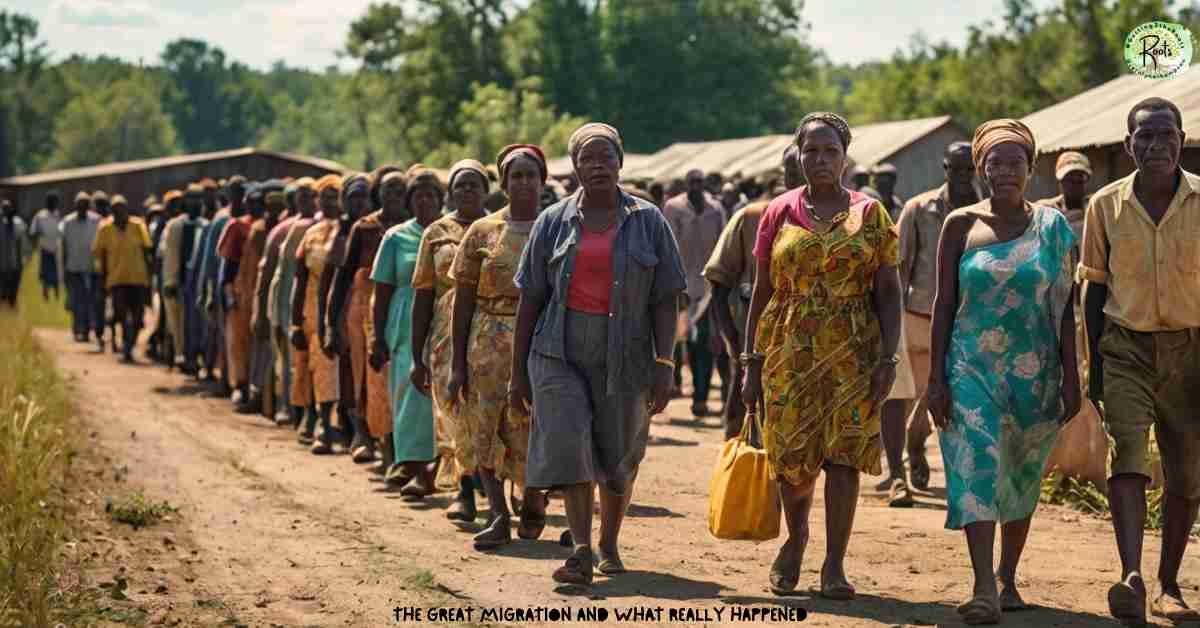
Unlike other large migrations, this one was not led by a single group or leader. Families made their own decisions to leave. Some followed job rumors they heard from neighbors.
Others saw newspaper ads or received letters from relatives who had already gone. Many simply took a chance on something better. The Great Migration required deep courage.
Leaving home wasn’t easy, especially for those who had never traveled far. Still, they stepped forward with faith. Their goal was clear. They wanted a life where they could raise their children in safety.
They needed steady work, fair pay, and the dignity that had been denied for too long. America changed because of that choice. Cities were reshaped.
Black neighborhoods, churches, schools, and businesses took root and grew strong. Culture flourished through music, art, education, and activism.
This movement did not end in the 1960s. It lasted through 1970 and still affects families and communities today.
Why Did They Leave the South During the Great Migration
The Great Migration began with a deep sense of urgency. Southern life under Jim Crow was dangerous and degrading. Laws blocked Black people from voting, forced them into separate schools, and kept them from building wealth.
Every move was watched. Every success brought threats. Even daily life came with risks. Violence was common. White mobs could attack without warning. The legal system rarely protected Black families.
Groups like the Ku Klux Klan spread fear through intimidation and terror. Children grew up knowing the rules could change without notice. Just surviving took strength. But legal oppression wasn’t the only reason people left.
The economy in the South kept Black families poor. Many worked as sharecroppers. They farmed land they did not own and owed more at the end of the year than they earned.
This system kept them in constant debt. It was a trap with no end in sight. World War I changed everything. Northern factories needed workers fast. As white men left for war, new jobs opened up.
Wages were higher. Conditions were better. Black newspapers like The Chicago Defender told people where to go and what to expect. Word spread quickly. Letters arrived from relatives who had already made the move.
Stories of steady work and fresh starts gave people hope. Trains filled with families ready to begin again. Some left in the middle of the night to avoid being stopped.
The Great Migration was more than a search for better jobs. It was a fight for freedom. A new life felt possible. That feeling pulled millions away from the South and toward something greater.
How Did People Travel During the Great Migration
The The Great Migration moved millions of people across the country. However, getting there was not easy. Most families had little money, no car, and no clear plan. Even so, they moved forward. They found a way.
Many traveled by train. These were not smooth rides. Black passengers were forced to sit in the colored sections. Those areas were often dirty, overcrowded, and poorly maintained.
Despite the discomfort, people sat for hours or even days just to reach the North. Some people rode in packed cars. Others found rides from relatives or friends.
A few even walked part of the way. No one traveled with luxury. Most carried only what they could hold. Suitcases were rare. Cloth sacks and cardboard boxes held all their belongings.
Even the journey itself came with risk. Southern landowners typically tried to stop workers from leaving. Some spread rumors to keep them fearful.
Others used threats or called local police. Leaving quietly became a survival strategy. For example, my own family faced these dangers. My father left first, heading north to join my sister in Chicago.
After he left, landowners began watching my mother closely. They feared she would follow him. She waited. Then, one night, a friend picked her up in a station wagon.
Eight children and three adults squeezed inside. We left everything behind. That moment felt like a dream. My older sisters keep whispering, “pinch me” “wake me up,” to each other, trying to believe it was real. I was six years old. I didn’t understand everything.
Still, I knew life had just changed forever. Although the trip was hard, it meant everything. The Great Migration was a leap of faith. Getting there took strength, courage, and a deep belief in something better.
Where Did Families Go During the Great Migration
The Great Migration sent millions of African Americans to cities across the United States. They left the South behind, seeking safety and a fresh start. Instead of staying in rural areas, many moved into fast-growing urban centers.
For many families, Chicago was the first choice. Job openings in steel mills, rail yards, and meatpacking plants pulled thousands into the city. Once there, people built communities on the South Side.
Music venues, churches, and businesses began to fill the blocks. Over time, Chicago became a major center of Black culture. In the Midwest, Detroit offered something different. The car industry was booming.
Companies like Ford hired Black workers in large numbers. Because of those jobs, many families achieved homeownership for the first time. Labor unions grew stronger. Community groups pushed for better schools and fair treatment.
New York City opened up another path. Harlem quickly became a place where Black writers, poets, and musicians came together. The Harlem Renaissance turned this neighborhood into a global symbol of pride.
People brought their stories, and the city gave them a platform to be heard. Families also headed to Philadelphia, Pittsburgh, and Cleveland. These cities offered tough jobs, but steady pay.
In return, new residents built lasting neighborhoods. They opened barber shops, beauty salons, and grocery stores. With each block they shaped, community life grew stronger.
Out West, Los Angeles and Oakland became magnets during the second wave. Shipyard jobs and factory work attracted many. Although the cost of living was high, families stayed.
As a result, these cities became strongholds for culture, music, and activism. Wherever they landed, families built something meaningful. The Great Migration was not just about moving. It was about rebuilding life, together, one city at a time.

Life in the North During the Great Migration
The Great Migration promised a new beginning. However, life in the North brought new struggles. While families escaped Jim Crow, they still faced racism and inequality.
At first, things seemed hopeful. Jobs were available. Wages were better than the South. But over time, barriers became clear. Employers often paid Black workers less.
They also gave them the most dangerous and exhausting tasks. When companies made cuts, Black workers were the first to go. Housing was another battle.
Redlining kept Black families locked into poor neighborhoods. Banks refused home loans in white areas. Landlords raised rents while offering unsafe, overcrowded units.
As more families arrived, space became limited. Conditions grew worse. Distance also broke family ties. In the South, generations lived nearby. In the North, relatives typically lived miles apart.

As a result, support systems began to weaken. Grandparents could no longer watch over children. Sunday dinners no longer included cousins, uncles, and aunties. This emotional loss took a toll.
Schools offered few answers. Northern schools were not segregated by law. Still, Black children often ended up in overcrowded, poorly funded classrooms. Resources were limited. Books were old. Teachers expected less.
Police harassment added more pressure. Officers targeted Black communities unfairly. Racial profiling, beatings, and false arrests became common. This caused fear, anger, and mistrust.
By the 1970s and 1980s, things got worse. Drugs flooded Black neighborhoods. Violence followed. These problems, fueled by poverty and broken policies, harmed the progress families had fought to gain.
Still, people resisted. They built churches, started businesses, and raised their voices. The Great Migration did not lead to paradise. But it planted seeds. It created communities that still fight for justice today.

Why the Great Migration Still Matters Today
The Great Migration left a lasting mark on America. It reshaped cities, culture, and politics. Even now, the effects of that movement still touch our lives.
Because families moved north, they built new power bases. Cities like Chicago, Detroit, and New York gained strong Black communities.
These neighborhoods influenced local elections, demanded civil rights, and shaped national policy. That shift helped spark major changes in laws and leadership.
Culturally, the The Great Migration gave rise to new music, art, and ideas. Blues and jazz exploded in clubs and neighborhoods. Writers told stories the world had never heard.
Pain, pride, and power poured into their words. Through their struggles, a new identity took shape. That identity still shows up in music, activism, and family traditions.
At the same time, new challenges formed. Housing policies, school funding, and policing practices created deep inequalities. Many of those issues still exist today.
Redlining may look different now, but the results remain the same. Segregated schools and underfunded communities didn’t disappear. They simply changed form.

Why Understanding the Great Migration Still Matters
To understand today’s social and economic gaps, we must look at how cities were shaped during this era. The Great Migration built strong neighborhoods.
Yet over time, outside forces stripped away support. Disinvestment, crime, and poverty followed. The roots of those problems trace back to choices made during and after the migration.
Families also carry the legacy. Your grandparents or great-grandparents may have been part of this movement.
Their decisions laid the groundwork for your life today. Learning about their journey helps you honor their courage and understand your history.
Their strength still speaks to us. They left everything behind with no map, no money, and no safety net. All they had was faith and a dream. That courage built the world we live in now.
When we talk about change, we often forget how far we’ve come. The Great Migration reminds us that movement brings growth. Even when the path is hard, hope can still win.
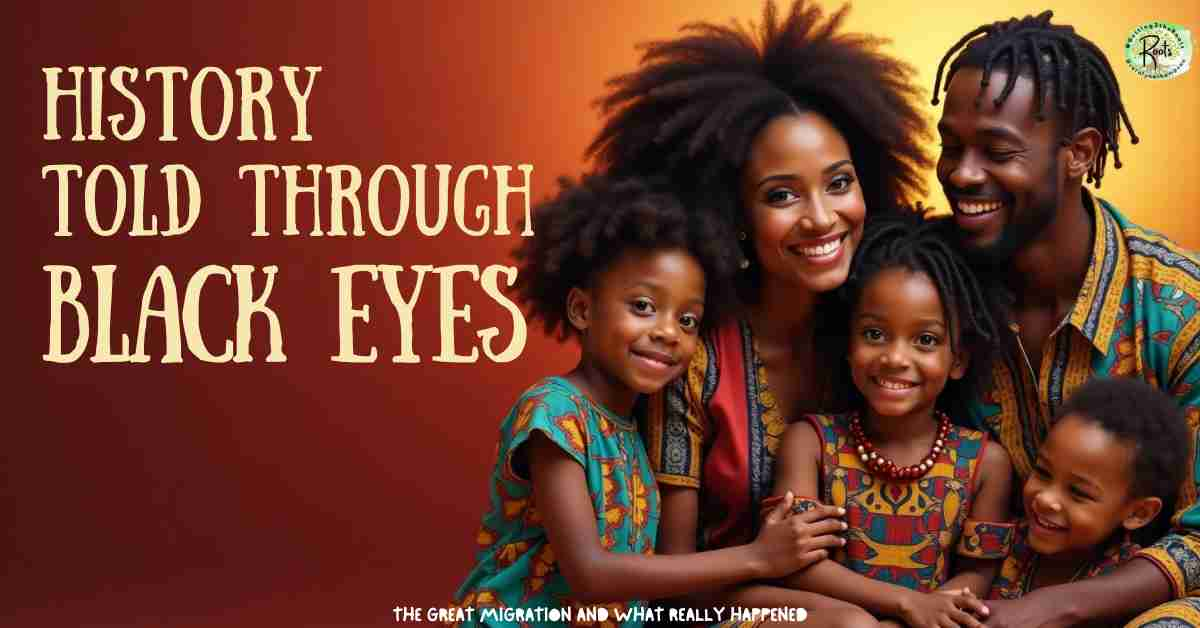
Explore Powerful Moments from the Past in One Playlist
Discover Powerful Stories in One Place
Step into the past with the History in Motion playlist. It’s more than just dates and facts, it’s the voices, struggles, and triumphs that shaped us.
visit my YouTube channel and watch the stories come alive in the “History Truough Black Eyes” playlist. Let’s learn from the past, inspire the present, and honor the legacy together.
Conclusion: The Legacy of the Great Migration Lives On
In conclusion, the The Great Migration was more than a move from one region to another. It was a powerful turning point in American history. Millions of African Americans took control of their futures.
They left behind fear, poverty, and oppression. In return, they found new challenges but also created new hope. Cities changed. Families grew stronger. Culture exploded with new music, stories, and voices.
At the same time, injustice followed them. Racism, housing discrimination, and limited opportunities remained. Even so, they stood firm. Today, we still feel the effects.
Neighborhoods, traditions, and even voting patterns link back to that movement. It shaped how communities look, live, and lead. Understanding the Great Migration helps us see how far we’ve come.
It also helps us understand how much work remains. If your family made that journey, their strength runs in your blood. Their courage lives in your name. Their story is your foundation. Hold it close. Pass it on.
The The Great Migration is not just history. It is a story of survival, faith, and Black excellence. And it still matters.
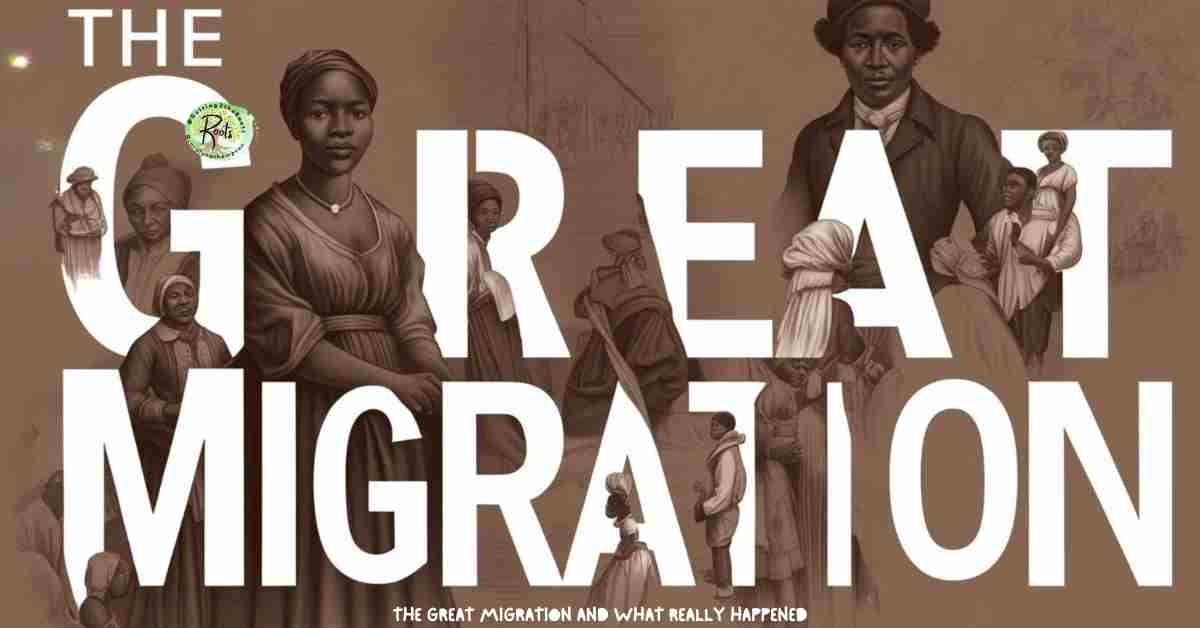
Frequently Asked Questions About the Great Migration
- What was the main reason for the The Great Migration?
African Americans left the South to escape racism, violence, and poverty. They also searched for better jobs, education, and safety for their families. - How many people moved during the Great Migration?
Over six million African Americans moved between 1910 and 1970. It was one of the largest internal migrations in American history. - Which cities saw the most growth from the Great Migration?
Chicago, Detroit, New York City, Philadelphia, and Los Angeles saw major population increases. These cities became strongholds of Black culture and activism. - What struggles did families face after the Great Migration?
Many dealt with housing discrimination, job limits, police misconduct, and school inequality. Leaving the South did not mean escaping racism completely. - Why is the Great Migration still important today?
The Great Migration reshaped cities, families, and politics. Its impact still shows up in music, community life, and social issues across the country.
